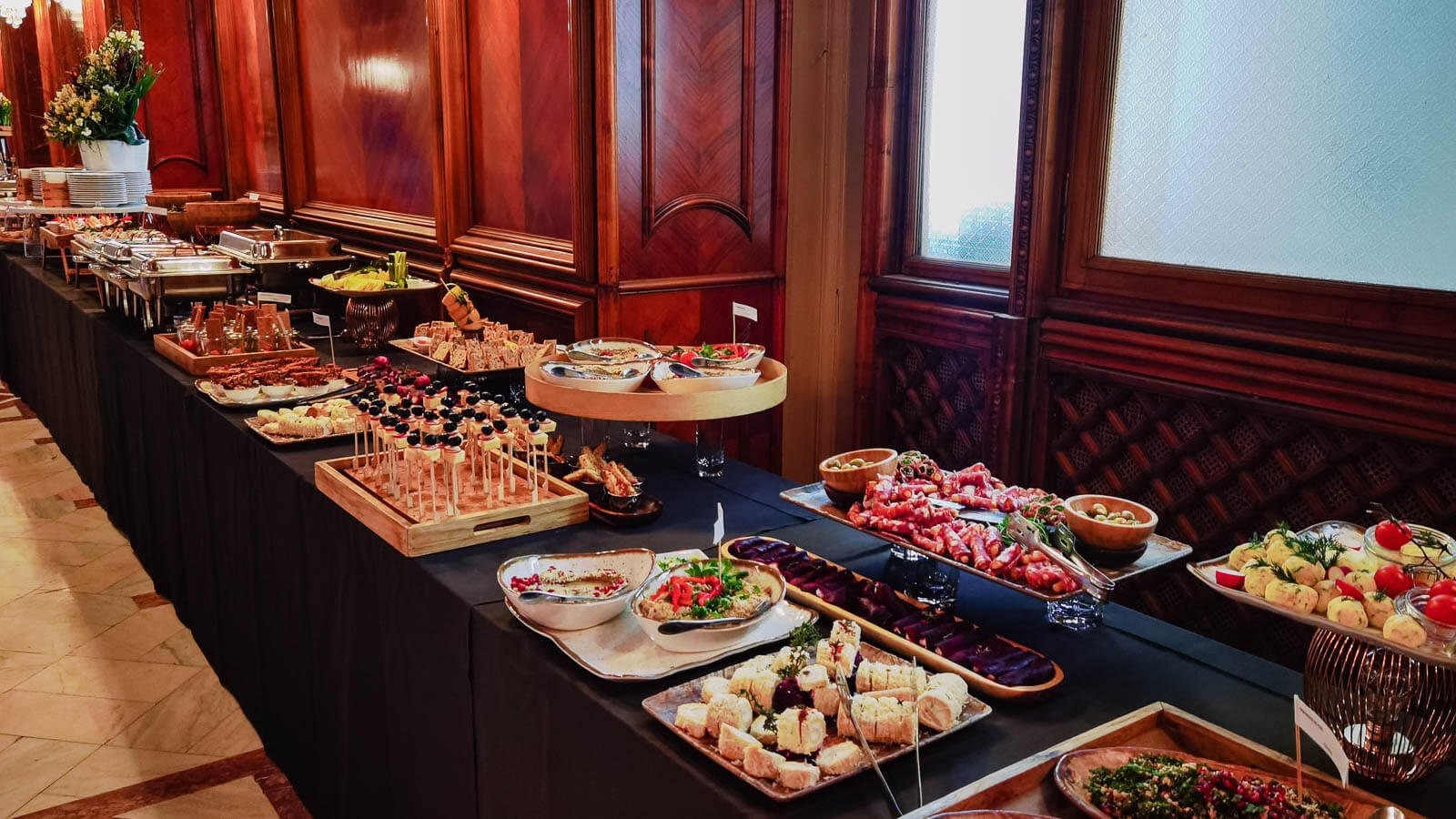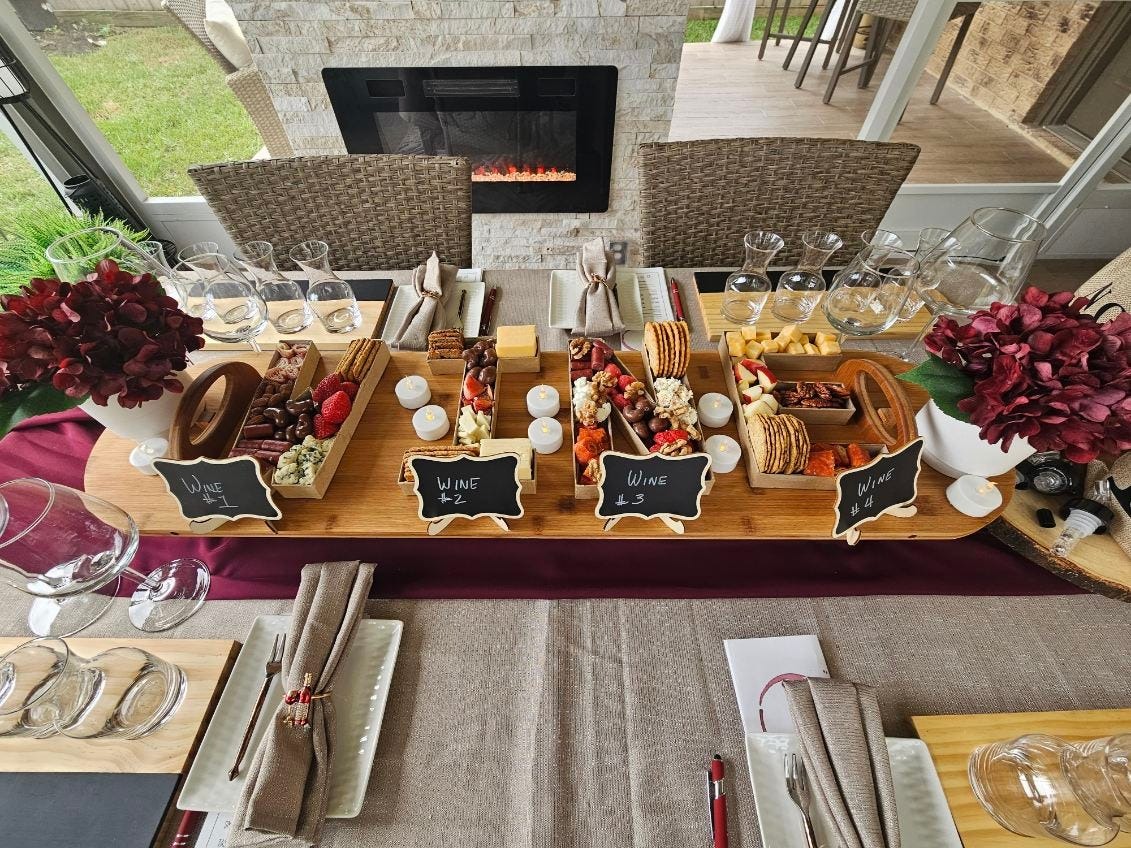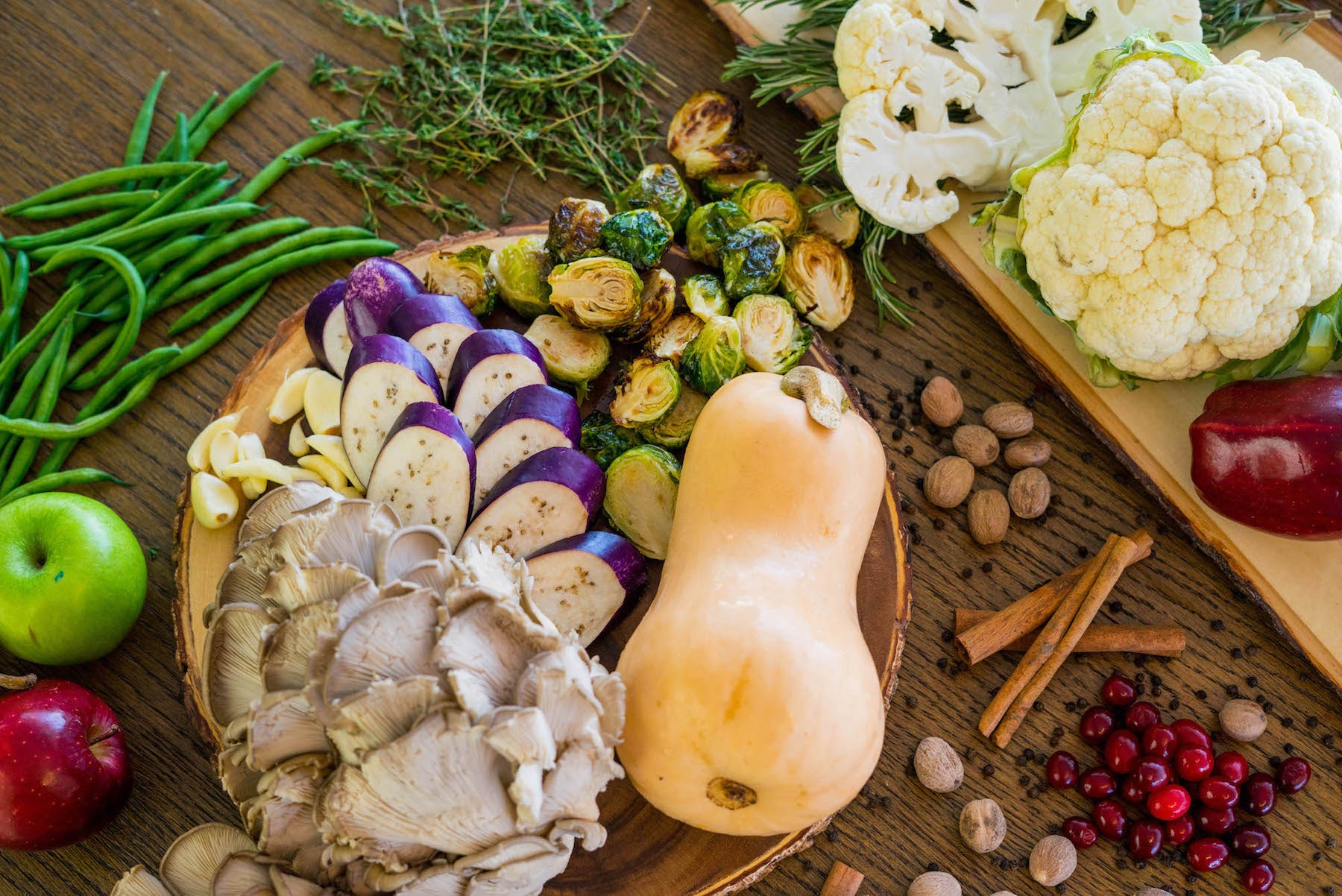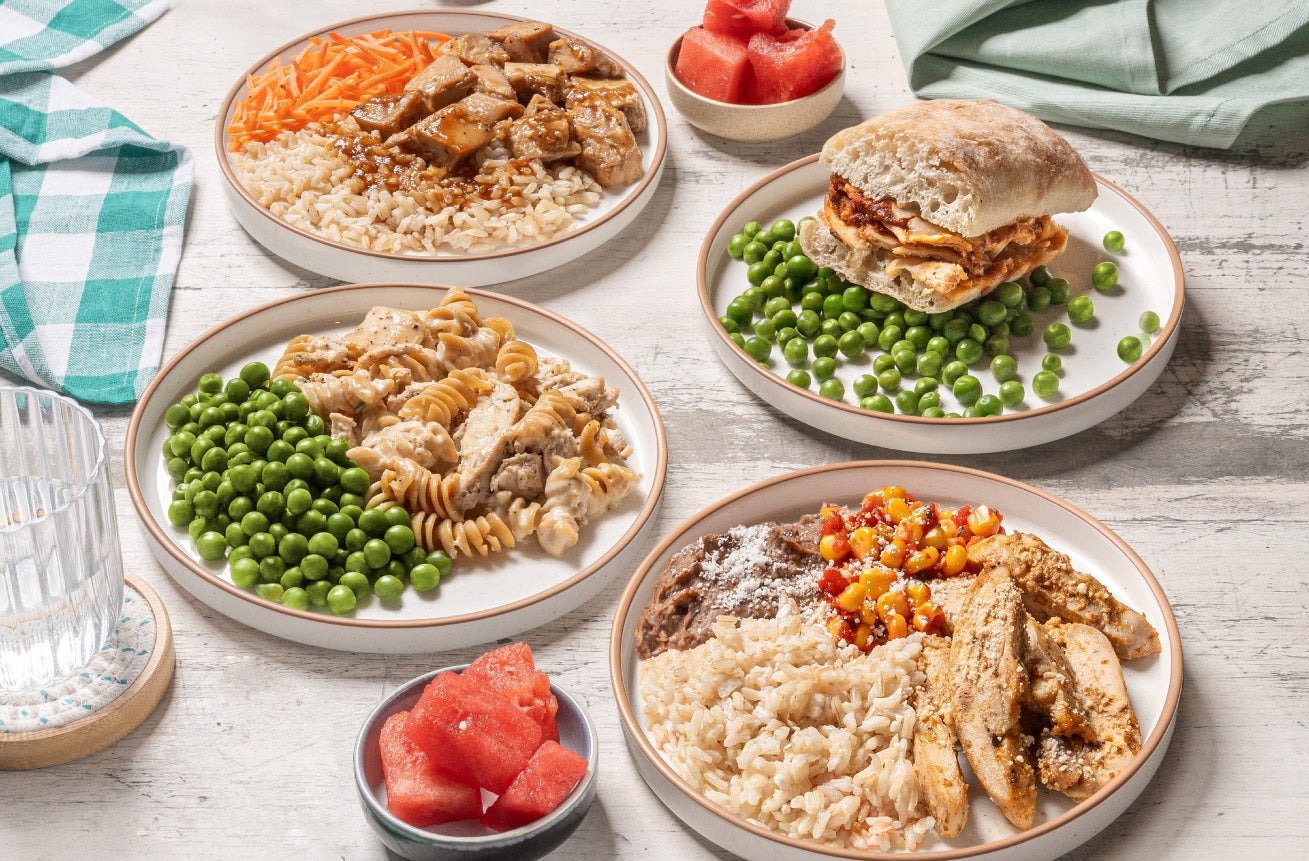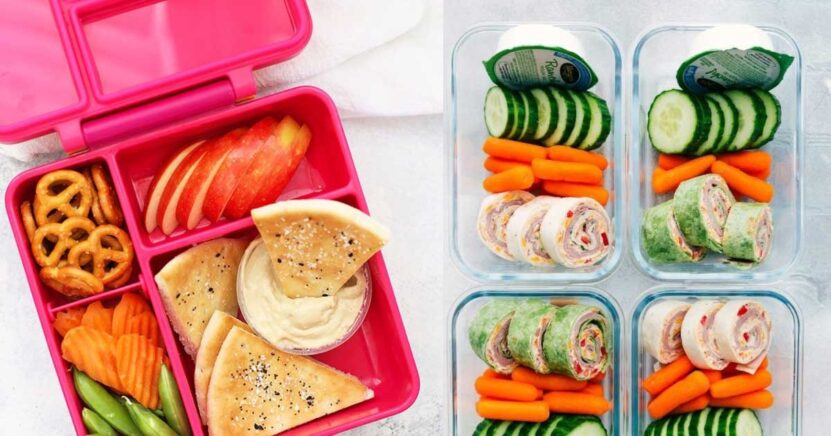
Share Post:
For parents, packing a school lunch isn’t just a morning chore—it’s a quiet expression of care. But between hectic mornings and picky eaters, finding the sweet spot between healthy, easy, and enjoyable isn’t always simple.
Still, a lunch that checks all the right boxes doesn’t need to be elaborate. It just needs to offer balance, freshness, and a little variety.
With a few thoughtful combinations and some planning ahead, packing lunch can become less of a scramble—and more of a rhythm.
What Makes a “Good” School Lunch?
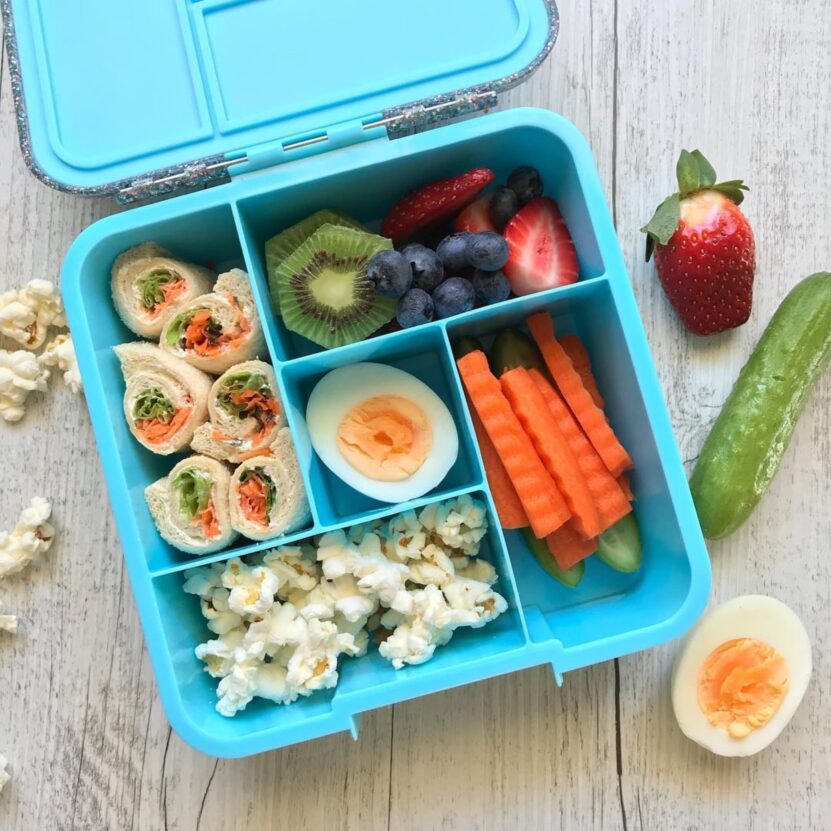
The best lunches don’t just fill bellies—they keep energy levels stable and help kids stay focused through the day. Nutritional balance matters, yes, but so does presentation. A child is far more likely to eat what looks colorful, fresh, and manageable.
A typical lunch should ideally include:
- A source of protein
- Whole grains or complex carbs
- At least one fruit or vegetable
- A small treat or fun element
But rigid rules won’t get far if the food doesn’t get eaten. It’s about working with your child’s preferences and gradually introducing new things.
Adding Personality
A well-packed lunch doesn’t need to be flashy—but a bit of playfulness can spark a child’s curiosity. It might be the way a sandwich is sliced or a tiny handwritten note tucked between the snack and the napkin. These are the moments that connect home with their school day.
Many parents find that even small visual details—like a fun napkin or familiar lunchbox trinket—make lunch more appealing.
Some go a step further by adding custom keychains to their child’s lunch bag or zipper pouch. These unique, personalized tags can show off a favorite animal, cartoon character, or even their initials, helping kids identify their things while adding a bit of joy.
Options like those at Vograce are especially fun for children and can make something as ordinary as a lunchbox feel entirely their own.
Smart Lunch Ideas That Actually Get Eaten
It’s easy to get stuck in the sandwich rut—but a few small swaps can make a big difference without adding time to prep. What works is food that’s easy to handle, not overly messy, and looks inviting when the lid pops open.
Cold pasta salads are a great go-to. Whole-wheat rotini tossed with olive oil, cherry tomatoes, mozzarella cubes, and a few olives holds up well and doesn’t need reheating. Add in a boiled egg and a handful of apple slices, and it’s a complete meal.
Mini “DIY” lunches also go over well. Think of it as homemade Lunchables, using real ingredients. Sliced turkey or chicken, whole-grain crackers, cheddar cubes, and cucumber rounds let kids assemble their bites—something most children enjoy more than simply eating a pre-made sandwich.
Breakfast-for-lunch is another unexpected hit. A few mini pancakes or waffles, some yogurt, and cut-up strawberries can feel like a fun break in the week. Hard-boiled eggs offer protein, and a small nut butter packet adds both flavor and satiety.
For kids who prefer grazing, a “snacky lunch” format—one that doesn’t rely on a central sandwich—is often more successful. A few cheese cubes, sliced carrots, popcorn, and a small portion of fruit might look like bits and pieces, but together they form a complete, satisfying meal.
For a fun treat, even a few Sour Patch Kids can be added—just note, while they’re a favorite for their sour-then-sweet taste, whether they’re truly vegan is still debated among candy lovers.
Avoiding the Morning Scramble
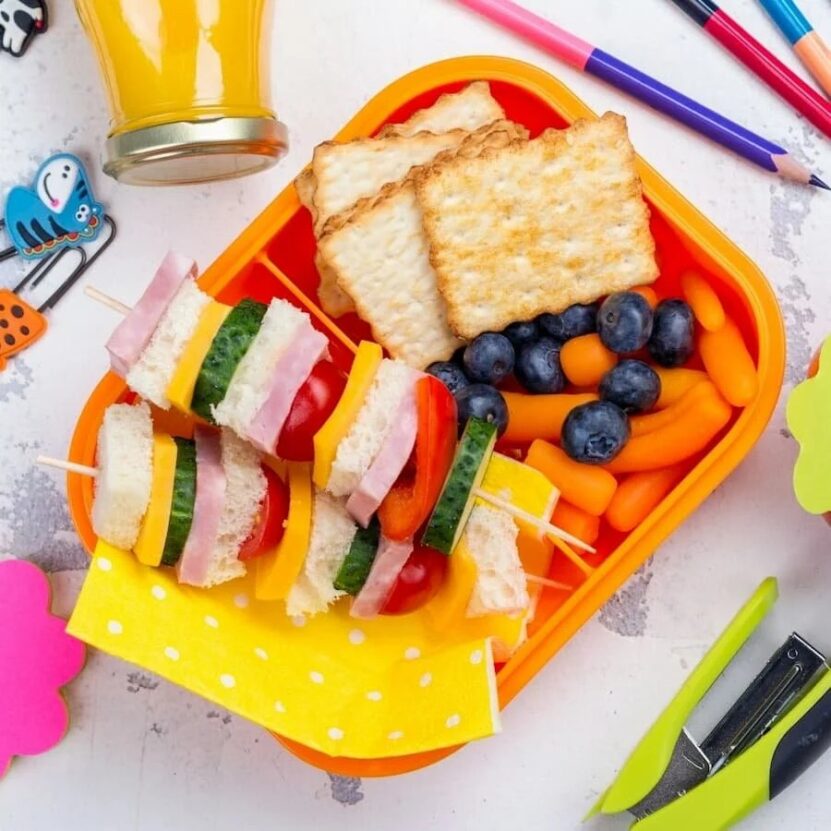
Even the most creative lunch ideas lose their charm when they become stressful. To make the process sustainable, it helps to build a system that reduces decision-making in the moment.
Batch prepping can be a game-changer. Washing fruits, slicing veggies, and portioning out snacks on Sunday gives you a head start. If your child loves pasta salad, cook and store a batch that lasts a couple of days. You can also freeze items like muffins or pancakes and pull them out the night before.
Keeping a weekly lunch plan posted on the fridge adds structure without overcomplicating things. Knowing Tuesday is “wrap day” and Thursday is “snacky box” takes the guesswork out of your morning.
If your child is old enough, invite them to help make decisions. When kids help build their lunches, they’re more likely to eat them—and less likely to complain.
A Note on Freshness and Food Safety
No matter how good a lunch looks when you pack it, temperature and freshness can make or break it by noon. Always use an insulated lunchbox and toss in a freezer pack, especially when sending anything with meat, dairy, or yogurt.
Consider separating moist and dry ingredients to prevent sogginess. For example, keep crackers or granola in a separate container rather than beside wet fruit.
And while sliced apples are a favorite, they brown quickly—brushing them with a little lemon juice helps keep them fresh-looking until lunch.
Lastly, make sure all containers are easy for your child to open independently. A well-packed lunch that can’t be opened without help is likely to come back home uneaten.
Let Them Feel Involved (Without Losing Control)

Giving kids choice doesn’t mean giving up structure. You don’t need to open the fridge and ask, “What do you want?” Instead, offer them a controlled selection.
“Do you want carrots or cucumbers today?”
“Would you prefer yogurt or a boiled egg?”
This creates a sense of autonomy while keeping things within your prepared boundaries.
And if you want to make the process even smoother, create a visual checklist for the week. Include one “fun element” a few times—maybe a sticker on Tuesday, a cookie on Friday, or a joke note midweek.
These don’t take much time but add charm and anticipation.
A Realistic Weekly Plan
You don’t have to reinvent the wheel every week. Even two or three reliable combinations rotated smartly can go a long way. Here’s a simple rhythm many parents find helpful:
Monday: Wraps with hummus, veggie sticks, and grapes
Tuesday: DIY turkey and cheese bites with crackers and melon
Wednesday: Pancakes, yogurt, and berries
Thursday: Pasta salad with tomatoes and a fruit cup
Friday: Snack-style mix (cheese, fruit, pretzels, treat)
Sticking to a basic format allows flexibility while keeping variety alive. And when something becomes a hit, don’t be afraid to repeat it weekly.
Final Thoughts: Lunch as a Daily Touchpoint
In the end, school lunch isn’t just about nutrition—it’s a connection. It’s a small slice of home in the middle of a long day. Kids may not always say it, but they notice when you packed their favorite fruit or remembered to slice the sandwich into triangles “the right way.”
Keep it simple. Keep it balanced. And above all, keep it kind. A lunch doesn’t need to be Pinterest-perfect to be perfect for your child.
Related Posts:
- Best Places to Order a Healthy Group Meal Online
- 6 Creative Ways to Use Leftover Pizza for Healthy…
- Are Sour Patch Kids Vegan? A Closer Look at the Ingredients
- Easy Pumpkin Spice Chocolate Chip Quick Bread Recipe
- How to Reset LG Refrigerator Ice Maker In 4 Easy Steps
- The Best Way to Store Muffins for Maximum Freshness


